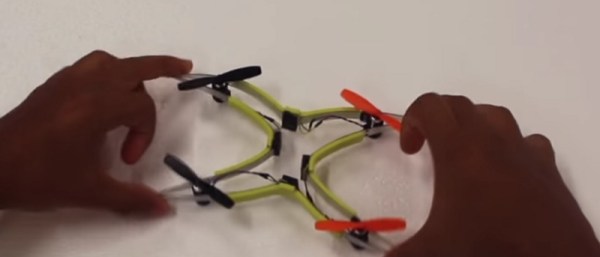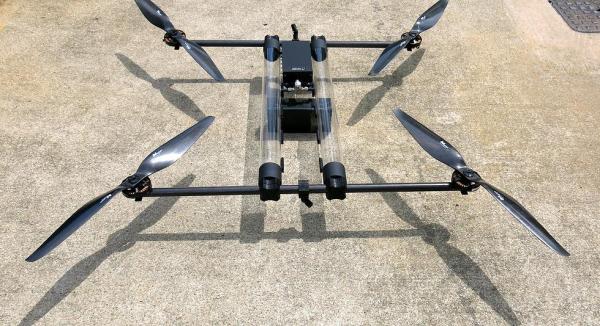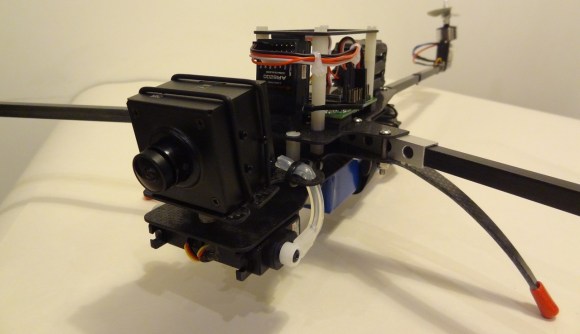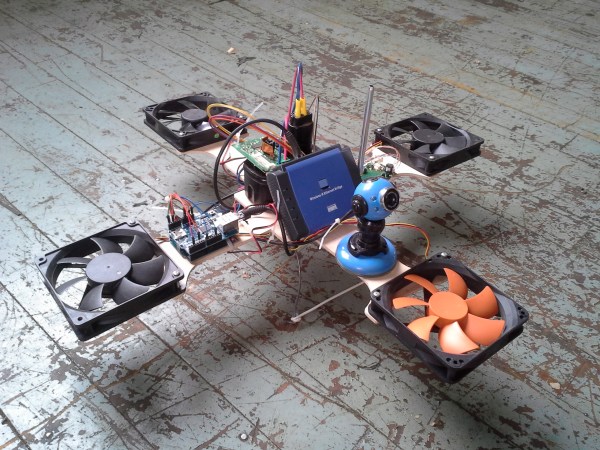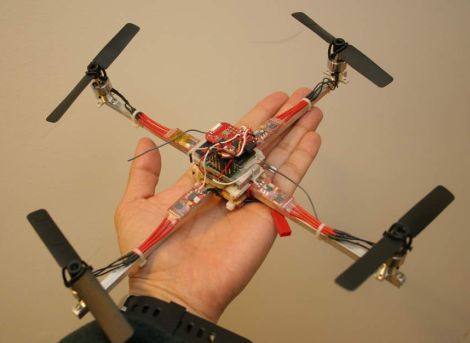We’ve all crashed quadcopters. It’s almost inevitable. Everything is going along fine and dandy ’till mother nature opens her big mouth a blows a nasty gust of wind right at you, pushing your quad into the side of a wall. A wall that happens to be composed of a material that is quite a bit harder than your quadcopter. “What if…” you 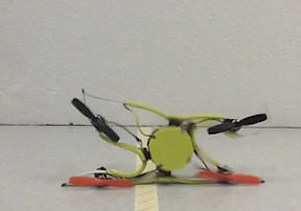 ask yourself while picking up the pieces of you shiny new quad off the ground… “they made these things out of flexible material?”
ask yourself while picking up the pieces of you shiny new quad off the ground… “they made these things out of flexible material?”
Well, it would appear someone has done just that. The crash resistant quadcopter is composed of a flexible frame (obviously) which is held rigid with magnets. So the frame works just like the frame of your average quad. Until you crash it, of course. Then it becomes flexible.
The idea came from the wing of a wasp, which you can apparently crumple without damaging it. Be sure to check out the video below of the drone showing off its flexible frame, and let us know if you’ve seen any other types of flexible frame drones in the wild.
Thanks to [JDHE] for the tip!
Continue reading “Flexible Quadcopter Is Nearly Indestructible”

